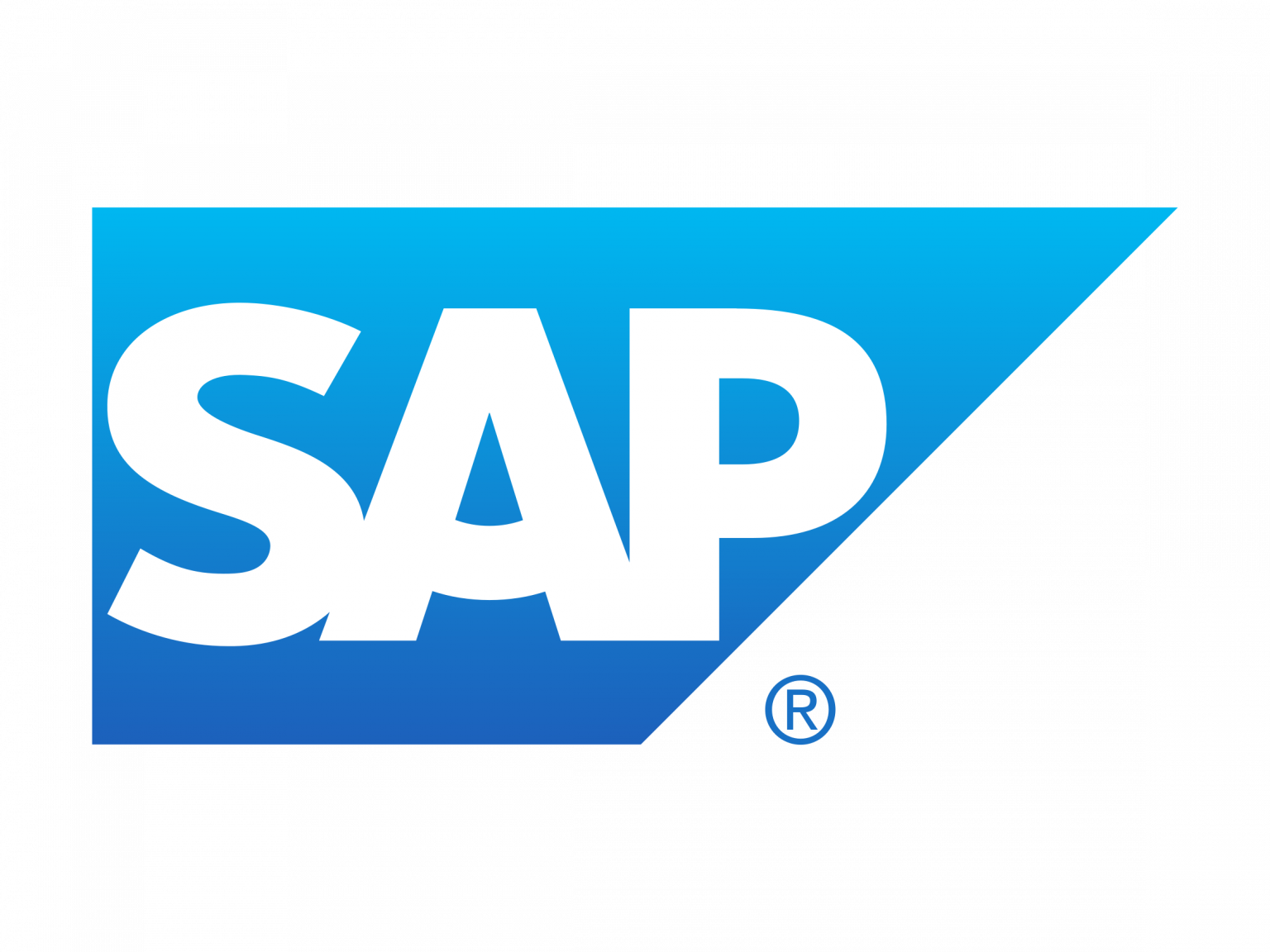Compare E-Commerce models.
Our scoring process is applied and objectively evaluated according to strengths and weaknesses.
Compare vendors based on the five dimensions of the Composable Agility Score. Freely choose the solutions you want to compare to get an easy overview of their capabilities. You can adjust your selection at any time or click on any solution to read a more detailed explanation of their CA Score.
A vendor must first be removed before another one can be added for a comparison.
How easy is it to quickly and scalably build the individual solutions you need for your business using the application? See also: Best of Breed versus Best of Suite.
How well can a cloud application be broken down into its individual parts and used? The best solutions can be combined based on specific customer requirements.
How well can this application be connected and controlled via standardized applications? A functional API interface is able to interact with any other software.
How natively can this application be operated in the cloud (updates, backup, porting)? An ideal cloud solution is available everywhere, accessible at any time, highly secure, flexible and agile.
How independent can the application be from the end user’s interface (desktop, mobile, on the go…)? A functional solution is able to operate with any frontend.

SAP Commerce Cloud, formerly known as SAP Hybris Commerce, is the latest e-commerce solution of the German software giant SAP. SAP Commerce Cloud was built mainly for large enterprises with advanced B2B, B2C, and B2B2C use cases. It has a large global customer base, and can be used to build end-to-end omnichannel commerce experiences.
5.5
5.9Composability
7.3Head-
less
less
4.3Cloud
Native
Native
5.3API
4.6Modu-
larity
larity
Modularity
4.6
SAP Commerce Cloud is a monolithic platform and not based on a modular system/microservices. Only a few microservices-based modules have been added subsequently. One positive example is the Context-Driven Services, a cloud-native system that provides function-based extension points for end user-facing applications like recommendations, A/B testing, or real-time user segmentation.
API
5.3
SAP Commerce Cloud is not an API-first solution — only newly-added features follow an API-first approach. Overall, the API coverage for business functionalities is quite extensive, but back-office APIs are very limited. In terms of the quality of existing APIs, SAP follows several modern standards like REST or OAuth 2.0 for authorization, and their documentation is comprehensive. Customization requires a great deal of effort as no API configuration features are available.
Cloud Native
4.3
At the beginning, SAP Commerce Cloud was a private cloud implementation running on a proprietary SAP infrastructure. Today, the platform is a public cloud solution, predominantly running on Microsoft Azure and — in only a few cases — on AWS. It allows a high degree of automation (using Kubernetes) and extensive self-service for operational tasks. However, the monolithic architecture limits the flexibility of the cloud, and updates to the application stack remain massive.
Composability
5.9
SAP Commerce Cloud does not offer a central extension layer that exists outside of the core applications. New application features cannot be deployed independently of the core application, which significantly limits composability. However, SAP Commerce Cloud offers some practical options for extension. As part of the SAP Customer Experience suite, powerful out-of-the box integrations with other SAP products like Customer Data Cloud and SAP Marketing Cloud are available. Additionally, the Extension Factory was introduced in 2019 to simplify the development of extensions. As for high-code customizations, the possibilities are extensive.
Headless
7.3
The architecture of SAPCommerce Cloud is not fully headless. Even though the consumer-facing storefront is largely decoupled from the business logic, the backend is not decoupled at all. It is an interdependent legacy system which has grown over a long period of time. But in terms of frontends, SAP Commerce Cloud is well-suited for omnichannel or multichannel purposes and offers five default frontends for different verticals as well as Spartacus, an open-source JavaScript progressive web frontend.
Bottomline
5.5
SAP Commerce Cloud is a monolithic commerce platform. It has been modernized and benefits from its integration into the larger SAP product portfolio, but only partially meets our criteria for modern commerce technology. It offers the decoupled Spartacus frontend and other solid APIs, but the backend is untouched and the core remains tightly coupled. Customization is only feasible as a high-code solution, and the lack of microservices significantly reduces composability.
FAQ
What is SAP?
SAP means “Systems Applications and Products in data processing”. The SAP Software portfolio offers end to end solutions and covers most of its clients’ business requirements whether it is a financial, operational, human resources or e-commerce concern.
What is SAP used for?
As one of the world’s leading software systems dedicated to the management of business processes, SAP facilitates effective data processing and information flow across organizations. SAP connects all parts of a business into an intelligent suite on a fully digital platform.
Who are typical SAP customers?
SAP customers by industry (declining in number and relevance): Computer Software, Information Technology and Services, Staffing and Recruiting, Retail, Computer Hardware, Machinery, Utilities, Telecommunications, Oil and Energy, Management Consulting.
What is difference between SAP and ERP?
ERP is a superset of SAP, whereas SAP is a Tier 1 ERP software offering. ERP is more like a methodology which follows a specific set of standards to link applications together in a single architecture based on functions. ERP helps an organization manage and consolidate its overall performance across various functions.
Is SAP free?
SAP offers a solution as software-as-a-service in the cloud. The amount of the monthly subscription fee depends on the revenue managed with the solution.




